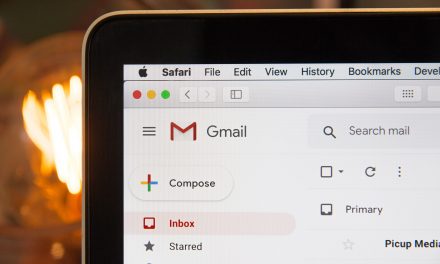By Cy. S., Social Content and Community Manager at StickerYou
Stickeryou.com
Whether you’ve just started using social media ads and promoted posts to get the word out about your handmade business, or whether you’ve been doing it for years now, you know that there are a lot of metrics to judge the success of your ads. And when looking at those metrics, it’s easy to be led astray.
Often businesses are told to focus on metrics that seem helpful, but actually aren’t telling you a lot about how effective your ads and promoted posts are at actually converting eyeballs into customers. Superficial metrics, like impressions and followers, seem good on paper, and the numbers themselves can seem impressive. But how can you tell if people who are seeing your ads are actually getting really interested, and considering buying your product?
If you really want to know how you’re doing, you’ll need to dive deeper into the numbers. Here are a few metrics to focus on so that you know your social media marketing dollars are being well spent.
The metrics you can ignore
Social media companies love to give you notifications of the number of “impressions” your promoted post made, meaning how many people saw it in their feed. It’s not that this is a completely useless metric, since the more people see your company’s name, the more they’re likely to have awareness of your brand. But it really doesn’t give you much information about how interested they are in actually buying your product.
Similarly, the number of followers you have on Facebook, Twitter and other social sites doesn’t give you a lot of indication of how many people are actually engaging with your brand and want to buy your products. Many companies pay to get more followers on social media, but this doesn’t mean that any of these followers are truly interested in your brand’s message and products.
What you should pay attention to instead
Engagement
How often are people sharing your promoted posts, liking them, and commenting on them? This is a far better indication of how interested they are in your product and how effective your posts – promoted or not – are at drawing people in. Building a really engaged community around your product can help spread awareness about your brand and create a lot of loyalty around your product.
As a handmade business you have lots of opportunities to do this even without putting money into promotion, because your products are likely very visual, and you can post photos and videos that people really want to like and engage with. For the StickerYou Instagram feed, I’m constantly posting pictures of custom stickers, labels and other products, and monitoring likes and engaging with those who comment and post. I try to give followers some insight into who we are as a company as well, which will show them that they are part of something authentic and important. Ask them real questions and give them chances to really be a part of the conversation and the community.
Peak Activity Time
When is your audience most active on Instagram? This is of course a very important social media site for most handmade businesses, and delving into the peak times your audience is most active on Instagram will give you a sense of when the best times are to post new content to ensure maximum opportunities for your audience to engage with your posts.
Referrals
How often are people seeing your promoted posts and ads, and actually taking the time to click through to your website? What sites are they coming from? This referral information is very important to ensure that your ads are having an impact. It will also tell you what social media sites are most useful for your brand. Maybe Twitter isn’t working so well, but you’re on fire on Pinterest. Maybe certain kinds of images or videos are really piquing people’s interest, and others aren’t. All this information will help you decide where to put your promotional dollars.
Bounce Rate
So, people have clicked on your posts. That’s great! It’s telling you that your ads, promoted posts, and other content are drawing them in, and that they’re interested in your products.
But don’t use that number alone to measure the success of your ads. If they click and then immediately leave, you’re not converting them into customers.
A useful metric here is what is known as the “bounce rate.” A “bounce” occurs when someone comes to your site, visits just one page and leaves. If someone visits one page and then clicks onto another page, that’s considered an interaction. Of course, you want more of that, because it’s a sign that people are sticking around and engaging with your products.
If you have a high bounce rate, it could be an indication that you need to take a harder look at what’s on the site itself. Is your website easy to use? Do the images on it accurately portray your products? Is there anything about the presentation of your products themselves that could use finessing? Is your homepage interesting enough? Consider playing around with these elements and seeing if your bounce rate changes.
Time per session
How many minutes are people spending on your site once they click through? Of course, you want them to be there for as long as possible and to have a lot of engagement with your products. You might encourage this by giving them things to do once they get there. Of course, you want them to buy, but you can draw them in as well by having beautiful videos of the making of your product, or gorgeous photos of the process.
Focus on these numbers and you’ll start to find you’re getting much more useful information from your online analytics.







